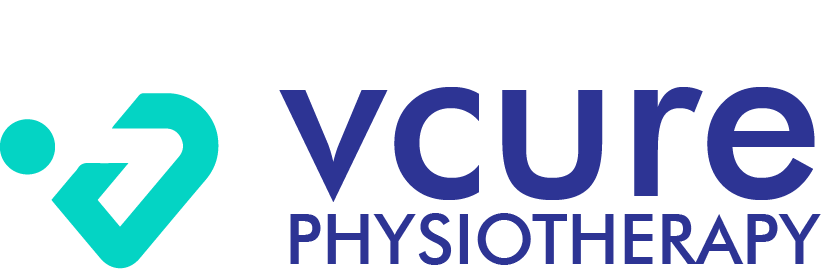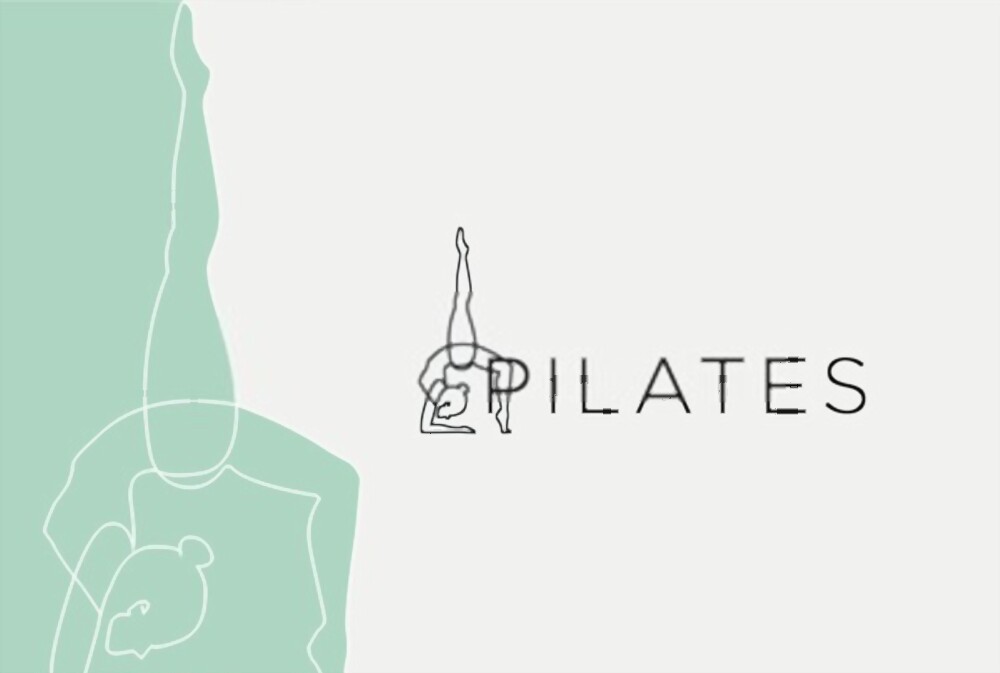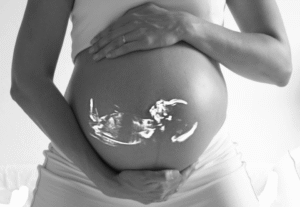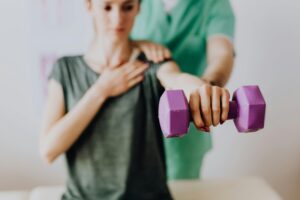History and Overview of pilates-
Joseph pilates is the founder of Pilates. He created an exercise method to strengthen his frail body. During the latter part of World War I, Pilates served as an orderly in a hospital to therapeutically move the non-ambulatory soldiers. He attached springs to hospital beds to support the patient’s limbs. Thus Pilates’ method allowed and encouraged movement early in the rehabilitation process.
All Pilates exercises include the “five essentials” –
- Breathing
- cervical alignment
- rib and scapular stabilization
- pelvic mobility
- and utilizing the transverses abdominis
Each exercise is thus initiated by stabilizing the core musculature. This includes the abdominal, gluteal, and paraspinal muscles. Also,Each exercise is repeated three to five times. This therefore helps the body overcome kinesthetic challenges.
Pilates exercises can be performed both on a mat or also on Reformer. In the mat class, participants typically use gravity to help stabilize the core. However, On the Reformer, a sliding horizontal platform upon which a person sits, stands, kneels or reclines and varying resistance to movement is provided via light springs and pulleys.
Body weight is the main resistance that is used throughout mat exercise. Also, The additional psychological element of Pilates is breathing and concentration during exercise.
Effects of pilates-
- improving core strength
- increasing upper limb strength
- improves posture
- increasing flexibility
- improving circulation
- improved balance
- increased endurance
Transversus Abdominis: the key muscle-
The transversus abdominis muscle is specifically cued prior to the initiation of each movement. The simple action of “pulling in” the lower abdomen thus activates this muscle. It also helps in postural co troll and is the first muscle activated in any limb movement. It also contributes to breathing.
Abdominal Exercises-
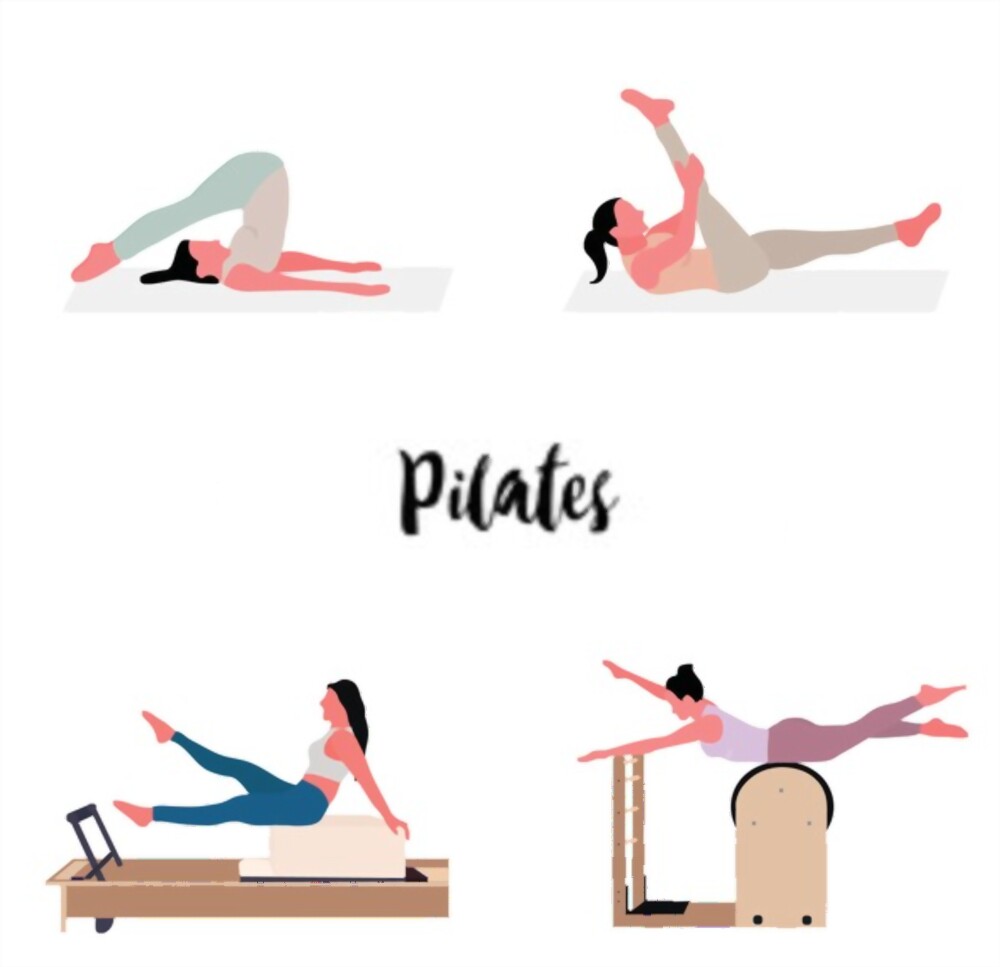
The muscles of the anterior abdominal wall (rectus abdominis, external oblique, internal oblique, and transversus abdominis) provide trunk stability.
Examples-
standard curl-up
Elevating the lower limbs with the body supported by the hands with extended knees
Elevating the lower limbs with the body supported by the hands with flexed knees
Side bridging
It is essential tobreathe properly, particularly emphasizing the expiratory muscles. This helps reduce the sensation of fatigue and the sensation of effort during exercise.
Body Position/Posture in pilates-
- slight forward flexion of the cervical vertebra
- the stabilization of the scapula
- posterior pelvic tilt
this key posture helps reduce lordosis at lumbar spine, provides maximum stability and also proper muscle contractions.
Low Back Pain (LBP) and Pilates-
Pilates has been used most extensively for low back pain. Low back pain is associated with weak core strength. Exercise also helps in increasing core stability and strength. Moreover, Transversus abdominis, multifidus, diaphragm, and abdominal oblique muscles are key organizational muscles of movement.
Additional Uses of pilates-
- Post operative rehabilitation
- Post orthopedic rehabilitation
- Fall prevention in the elderly
- Effective for improving static or postural balance in elderly.
- Pelvic floor strengthening
- Improving the functional capacity and quality of life of breast cancers patients
- Resolving pain and quality of life in fibromyalgia patients
- Weight management
Final word
Effectiveness of Pilates in improving flexibility, abdominal and lumbo-pelvic stability and muscular activity has been evident in multiple researches.
Also read- https://vcurehealthcare.com/breast-cancer-a-result-of-awareness-deficit/
